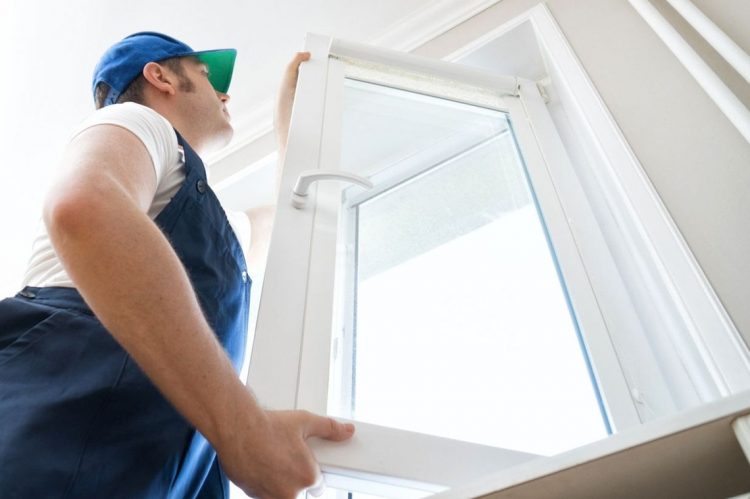Renovating a home before listing or sale comes with pros and cons, but one of the pros is to make the home more enticing. Some pieces of renovation visible from the curbside include a new paint job, yard maintenance or upgraded windows.
Windows aren’t there only to give a home a view, they can reduce a home’s energy bills and make the home more aesthetically appealing or unique.
If you’re working with a seller, window upgrades can make the home more enticing in visible and invisible ways. If your client is a buyer, new and/or improved windows will make the stay in their new home more comfortable. For situations like this, consider having a contractor in your contact list and suggestions ready to go, covering the different forms and functions that windows serve.
Apply solar control film
Energy conscientiousness isn’t just about a positive community impact, it’s also about making your own home as personally comfortable, for as low a cost, as possible.
One energy saving home tool, recommended by the U.S. Department of Energy, is to apply solar control film to your home’s windows. This is an adhesive layer applied to window glass that blocks ultraviolet (UV) rays emitted in sunlight.
Available in both reflective and non-reflective varieties, the film is designed to control how much sunlight enters your home. UV rays can damage furniture and create a glare that hurts your eyes, which the film will block.
To indulge the old cliche, location is everything when it comes to housing. If the listing is in a colder area, the buyer will probably be most concerned about how to keep the heat inside. If the house is in a warmer climate, they’ll be most concerned about keeping the house cool. Solar control film can do both.
The film will reduce the heat entering a house so that the owner is less reliant on air conditioning to get the temperature just right when the weather is already hot. The film can also act to direct escaping heat back into your home, which can lower reliance on home heating systems in winter.
The upfront costs of applying the solar control film can be dwarfed by the saved money of energy costs a homeowner can see through this window tweak.
Tinted windows can bring out a home’s colors
Window tinting comes with more than only practical applications for sunlight management. Reflective film on windows creates a mirror effect, preventing those outside from being able to peer into your home. This creates privacy without sacrificing the view, sunshine or light that a set of curtains will.
When you step outside your home too, tinting windows can provide color coordination. If your client thinks the house needs a new paint job (whether changing the color or simply freshening up the existing coat), tinting windows can add to the color scheme.
If the house is in red (or the new owner wants it that way), consider a dark green or black tint, so that the window color complements the house itself.
Consider window maintenance, present and future
Several popular window designs, such as casement windows or sliding windows, have the feature of opening outward. So, the same way an appraisal should include how well the door functions—Does the lock work properly? Are the hinges holding up? Does the glass show any signs of fragility? Evaluate how worn the windows’ opening mechanisms are. If they’re in need of maintenance, it might be time to swap, especially if the seller is looking to get ahead on appraisal/inspection issues.
At the same time, even if the windows show no current signs of damage, advise your buyer clients on how easy (or not) it will be to maintain them in the future. For instance, if casement windows only open outwards, that can make cleaning their exterior sides an inconvenience.
Should you–literally–reshape a home’s windows?
The go-to window shaped is of course a square paneled frame, but should a homeowner consider architectural experimentation? There are plenty different window styles to consider: thin and rectangular, circular or even octagonal with spider-web paneling.
Consider which styles clash or fit the overall aesthetics of the house, and also the functionality of the windows. Where is the best view in the house? You probably don’t want to put an intricate panel design in there that will block the natural beauty.
If you’ve got a client bullish on window renovation, you too should do some weighing of the decision. For buyers, once they’ve bought the home, the risk is that they won’t like the results and it’ll be wasted money. The risk is even more fraught for sellers; window renovation can be high risk, high reward, since it can just as easily turn off a buyer as it can pique their interest.












